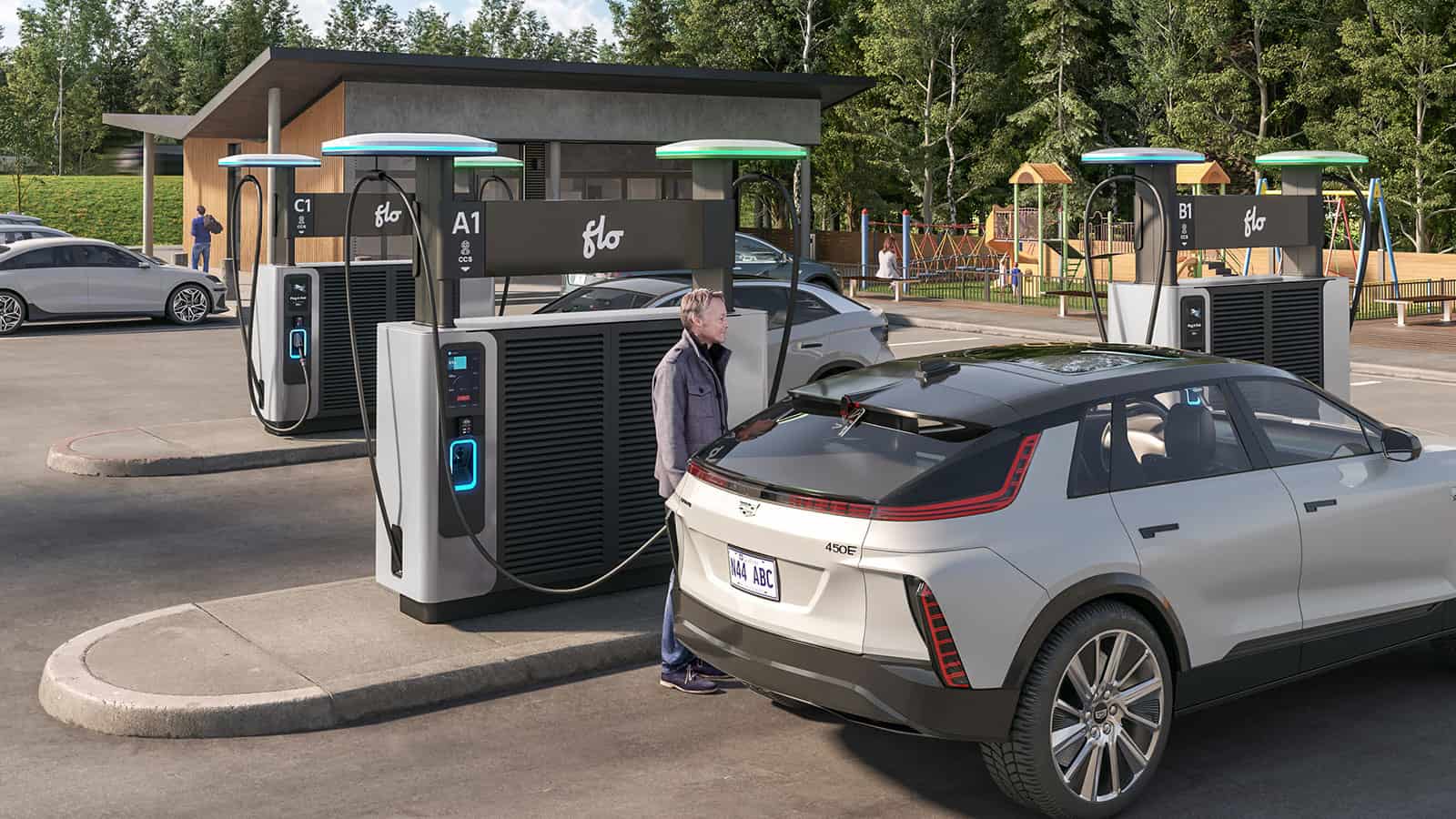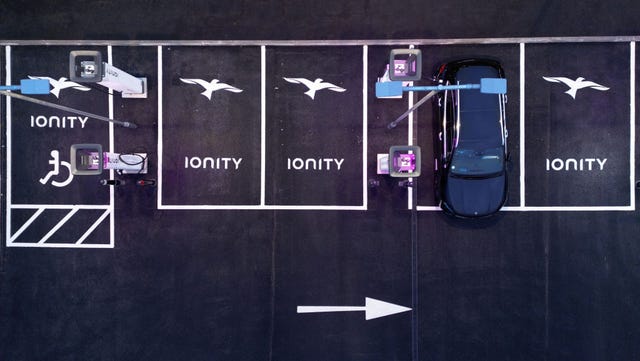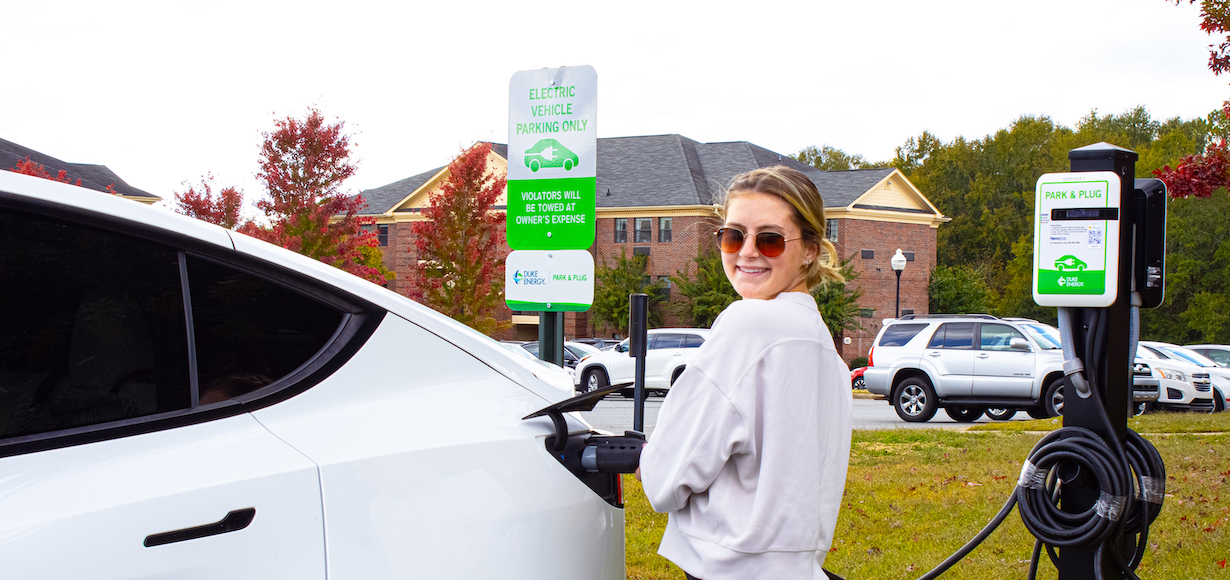What’s Driving the Growth of EV Infrastructure? Buy EV Charging news for Key Updates
What’s Driving the Growth of EV Infrastructure? Buy EV Charging news for Key Updates
Blog Article
New Advancement in EV Charging: Exactly How the Market Is Progressing to Fulfill Need
As the electric automobile (EV) market proceeds to broaden, the charging facilities is going through significant changes to resolve the rising demand. The ramifications of these improvements elevate essential questions regarding the future of EV charging and its function in the more comprehensive power community.
Development of Billing Framework
The quick growth of electric lorry (EV) charging infrastructure is an essential element in promoting the extensive fostering of electrical movement. As federal governments, private business, and customers increasingly acknowledge the significance of minimizing carbon exhausts, investments accountable networks have risen. This framework development is vital to minimize range anxiety, guaranteeing that EV individuals have practical accessibility to charging stations.
Significant advancements in charging station technology and release techniques have emerged. Urban areas are seeing an expansion of public billing stations, while country areas are progressively being incorporated right into the charging network. Collaborations in between auto makers and billing suppliers are ending up being more common, promoting the facility of detailed networks that improve customer experience and access.
In enhancement, the assimilation of renewable power resources right into charging stations is gaining momentum, advertising sustainability in the EV ecological community. This transition not just supports ecological objectives however also straightens with the increasing need for eco-friendly power solutions among consumers.
Ultra-Fast Charging Technologies
Ultra-fast charging modern technologies represent a considerable jump onward in the EV billing landscape, making it possible for electric lorries to charge in a portion of the time compared to typical charging techniques. These innovations normally deliver power levels going beyond 150 kW, with some systems reaching up to 350 kW or more, drastically minimizing billing times to as little as 15-30 minutes for a significant charge.
Secret making it possible for technologies include developments in battery chemistry, power electronic devices, and thermal management systems. For example, high-capacity batteries with boosted thermal stability allow for faster charging without overheating. Additionally, advancements in billing framework, such as liquid-cooled cables and modular charging terminals, promote efficient power transfer, improving the general user experience
Major vehicle suppliers and modern technology firms are proactively spending in ultra-fast billing networks, recognizing the important function they play in getting over array anxiety and accelerating the adoption of electrical vehicles. As these technologies end up being extra extensively readily available, the EV market is anticipated to witness substantial development, making electrical wheelchair a much more appealing choice for consumers. Overall, ultra-fast charging modern technologies are crucial in forming the future of lasting transportation, paving the way for a more reliable and considerable billing environment.
Smart Grid Combination

With need action methods, clever grid systems can readjust billing timetables based upon grid problems and power rates. Throughout periods of high need, charging can be postponed to off-peak hours, resulting in reduced expenses for consumers and decreased strain on the grid. Additionally, vehicle-to-grid (V2G) technologies make it possible for EVs to release power back into the grid, improving and offering ancillary solutions grid security.
Combination with renewable power resources even more increases the sustainability of EV charging. By lining up charging tasks with durations of high solar or wind generation, wise grids promote a greener charging framework. Eventually, smart grid assimilation not just supports the growing need for EVs yet likewise contributes to an extra sustainable and resilient power future, positioning the sector for long-term success.
Battery Innovations
Among the fast advancement of electric vehicles (EVs), battery advancements stand at the forefront, driving innovations in efficiency, efficiency, and sustainability. As the demand for EVs rises, researchers and suppliers are concentrating on boosting battery innovations to address difficulties such as array stress and anxiety and billing times.
Lithium-ion batteries continue to be the most commonly utilized modern technology, yet new materials and chemistries are arising to enhance power thickness and durability. Solid-state batteries, for example, guarantee higher energy storage space capacity and boosted safety by replacing liquid electrolytes with solid ones. This shift could substantially lower the threat of fire and raise the lifespan of batteries.
Additionally, developments in battery recycling processes are important for sustainability. Firms are creating approaches to recoup useful products like lithium, cobalt, and nickel from made use of batteries, advertising a circular economic climate and lowering ecological influence.

International Charging Specifications

Efforts are underway to develop worldwide charging requirements that facilitate compatibility amongst various EV designs and charging terminals. Organizations such as the International Electrotechnical Payment (IEC) and the Society of Automotive Engineers (SAE) are working collaboratively with automotive suppliers and energy service providers to develop comprehensive standards. EV Charging news. These criteria purpose to improve the billing procedure, minimize the need for numerous adapters, and boost customer experience
Moreover, standardization can significantly go boost the development of the billing network, as it encourages investment by making infrastructure development more efficient and foreseeable. As the EV market grows, a unified approach to billing criteria will certainly be crucial for making certain that customers can bill their automobiles easily and dependably, consequently sustaining the more comprehensive change to sustainable transport.
Verdict
The electrical lorry billing market is going through significant improvement to deal with the surging demand for sustainable transport. Advancements accountable framework, ultra-fast innovations, wise grid combination, and ingenious battery services are pivotal in boosting individual experience and operational efficiency. The quest of worldwide charging standards is critical for making certain interoperability throughout different areas and systems. Jointly, these developments place the market to sustain a more comprehensive fostering of electric cars, inevitably adding to an extra sustainable future.
Urban areas are seeing a spreading of public charging stations, while country regions are slowly being incorporated into the billing network. Furthermore, growths in billing infrastructure, such as liquid-cooled cable televisions and modular billing terminals, help with reliable power transfer, boosting the overall user experience.
On the whole, ultra-fast billing innovations are crucial in shaping the future of sustainable transportation, paving the method for a much more extensive and effective billing ecosystem. - EV Charging news
By aligning charging activities with periods of high solar or resource wind generation, smart grids promote a greener charging infrastructure.Efforts are underway to establish international billing criteria that assist in compatibility amongst different EV models and charging stations.
Report this page